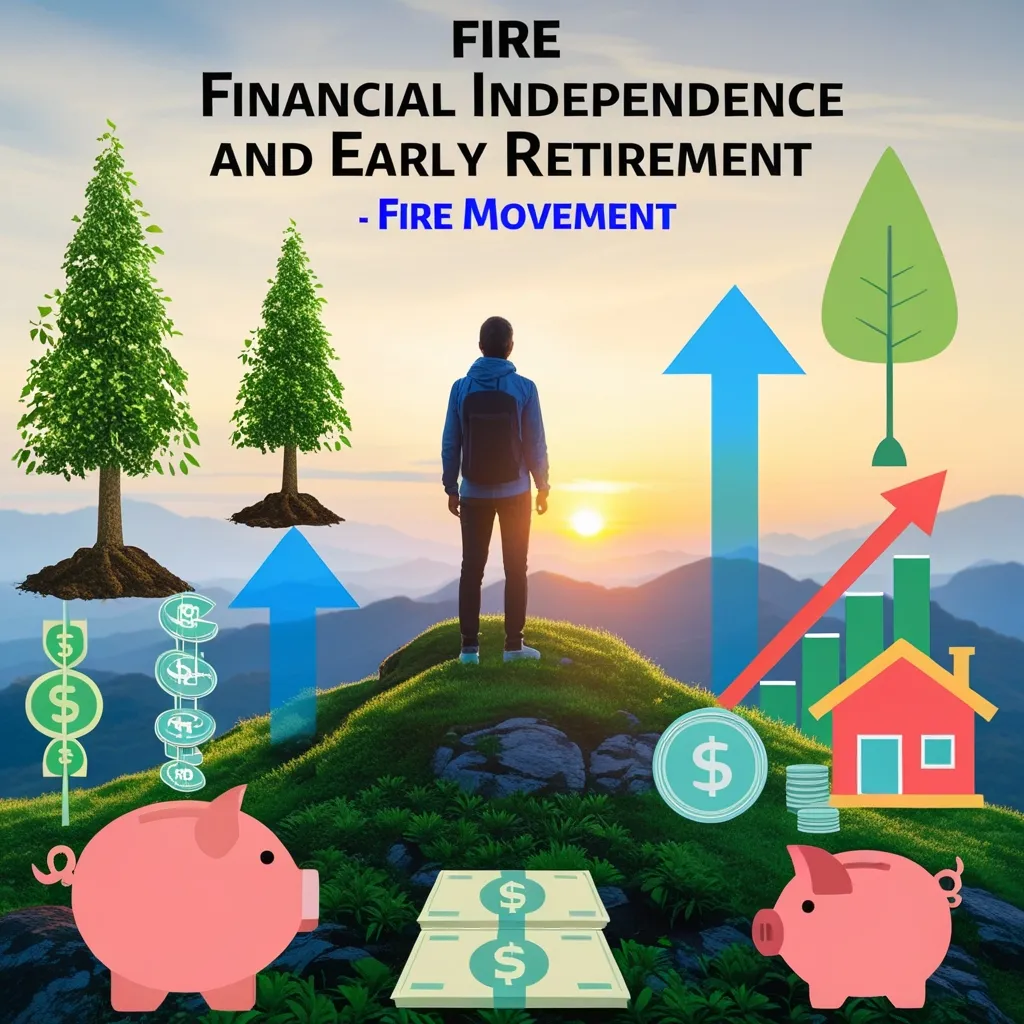Unmasking the Hidden Fees: Protecting Your 401(k) from Silent Killers
We all dream of a comfortable retirement, right? That’s why so many of us diligently squirrel away money into our 401(k) plans. But here’s the kicker - there’s a sneaky thief that might be robbing you blind without you even realizing it. Yep, I’m talking about those pesky hidden fees.
Now, don’t get me wrong. Fees aren’t inherently evil. After all, managing retirement funds isn’t a free service. But the problem is that many of these fees are so well camouflaged that most folks don’t even know they exist. It’s like paying for a subscription you forgot you had!
Let’s dive into this murky world of hidden fees and see how we can protect our hard-earned cash.
The Invisible Drain on Your Savings
Picture this: You’re faithfully contributing to your 401(k) every month, feeling pretty good about your future. But what if I told you that a chunk of that money is disappearing into thin air? Okay, not literally, but it might as well be.
These fees aren’t exactly “hidden” in the sense that they’re kept secret. They’re usually buried in a mountain of paperwork that most of us don’t have the time (or let’s face it, the inclination) to wade through. It’s like trying to find a needle in a haystack, except the needle is your money, and the haystack is a bunch of boring financial documents.
Here’s a shocking stat for you: only about 27% of investors know how much they’re paying in 401(k) fees. Even worse, 37% don’t even realize they’re paying fees at all! Talk about a rude awakening.
The Usual Suspects: Types of Fees
So, what kind of fees are we talking about here? Let’s break it down:
Investment Fees: These are the biggie. They’re what you pay for the mutual funds or ETFs in your 401(k). They can range from 0.5% to 2% of your assets. Doesn’t sound like much? Well, stick around, and we’ll see how that adds up.
Administrative Fees: These cover the nitty-gritty of running your 401(k) plan. Think record-keeping, compliance, that sort of thing. They can be a flat fee or a percentage of your assets.
Individual Service Fees: Need a loan from your 401(k)? Want some investment advice? You might be paying extra for these services.
Custodial Fees: These are for keeping your assets safe and sound. Think of it as a storage fee for your money.
The 12b-1 Fee: The Marketing Ninja
Now, here’s a sneaky one - the 12b-1 fee. It’s named after a section in some boring law from 1940, but don’t let that fool you. This little ninja is essentially a marketing expense, capped at 0.75% of your assets. It’s used to pay the folks who sold the 401(k) plan to your employer. Seems small, right? But remember, every little bit counts when we’re talking about your retirement savings.
Revenue Sharing: The Wolf in Sheep’s Clothing
If you thought the 12b-1 fee was sneaky, wait till you hear about revenue sharing. This is where mutual fund companies pay a cut of the fund’s expense ratio to the retirement plan record keepers. Sounds innocent enough, but here’s the catch: you end up paying an asset-based fee for stuff that has nothing to do with managing your investments.
Let’s put some numbers to this. Say you’ve got $250,000 in your 401(k), and the funds you’re invested in pay 0.40% in revenue sharing each year. That means you’re shelling out $1,000 annually for administrative services that should cost way less. It’s like paying your plumber based on how much water flows through your pipes instead of just paying for the service. Crazy, right?
The Long-Term Impact: A Retirement Horror Story
Now, let’s talk about the real horror story - the long-term impact of these fees. Over a lifetime, 401(k) fees can cost a median-income two-earner family nearly $155,000. That’s almost a third of their investment returns! It’s like working hard to grow a beautiful garden, only to have a third of it eaten by invisible bugs.
Here’s why it’s so bad: These fees directly reduce your returns. And as your nest egg grows, so do the fees. It’s like a parasite that grows along with its host. Not a pretty picture, is it?
Fighting Back: What You Can Do
Alright, enough doom and gloom. Let’s talk about how we can fight back against these fees. While we can’t eliminate them entirely (unless you’ve got a magic wand I don’t know about), we can definitely minimize their impact.
Choose Low-Cost Funds: When you’re picking funds for your 401(k), look for ones with lower expense ratios. Index funds are often a good bet here. They’re like the no-frills, budget airline of the investment world - they get you where you need to go without the expensive extras.
Use a Brokerage Window: Some 401(k) plans offer what’s called a brokerage window. This lets you access a wider range of investment options, including low-cost ETFs. It’s like being able to shop at a bigger grocery store with more budget-friendly options.
Review Your Prospectus: I know, I know. Reading a prospectus sounds about as fun as watching paint dry. But trust me, it’s worth it. Look for things like Total Asset-Based Fees, Total Operating Expenses, and Expense Ratios. It’s like checking the nutritional information on your food - not thrilling, but important for your financial health.
Advocating for Transparency: Be the Squeaky Wheel
Here’s something that might surprise you: Your employer has a legal responsibility to make sure the fees in your 401(k) plan are reasonable. The problem is, many employers don’t fully understand these fees themselves. Only 19% of small to midsize employers say they’re very familiar with their plan’s fees, while 34% admit they’re clueless.
This lack of transparency makes it tough for employers to look out for their employees’ interests. It’s like trying to navigate a maze blindfolded.
Taking Action: Be the Hero of Your Own Financial Story
If you find out your 401(k) plan’s fees are sky-high, don’t just sit there fuming. Take action! Talk to your HR department. Let them know you’re concerned about the fees. The 401(k) provider market is pretty competitive, which means there are often better, cheaper options out there.
Remember, every percentage point you save in fees could mean thousands more dollars in your retirement account over time. It’s like finding free money - and who doesn’t love that?
The Power of Knowledge
At the end of the day, knowledge is power when it comes to your 401(k). Understanding these hidden fees and taking steps to minimize them can make a huge difference in your retirement savings. It’s like being able to see through the smoke and mirrors of the financial world.
So, take the time to understand what you’re paying. Make informed decisions. Be proactive. Your future self will thank you when you’re sipping piña coladas on a beach somewhere, enjoying a comfortable retirement.
Remember, it’s your money and your future. Don’t let hidden fees silently steal your dreams. With a little knowledge and effort, you can outsmart these silent killers and keep more of your hard-earned cash where it belongs - in your pocket.
Now, go forth and conquer those hidden fees! Your retirement dreams are counting on you.






